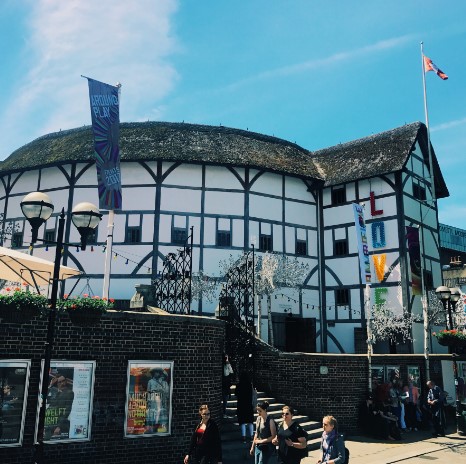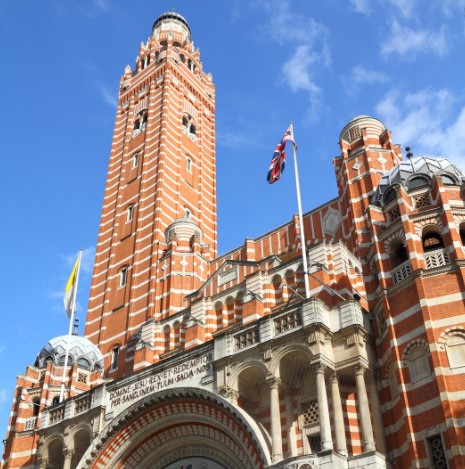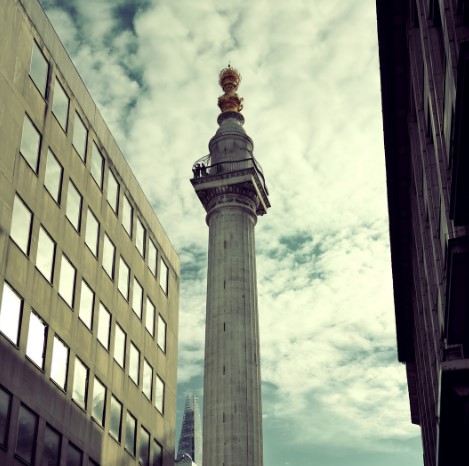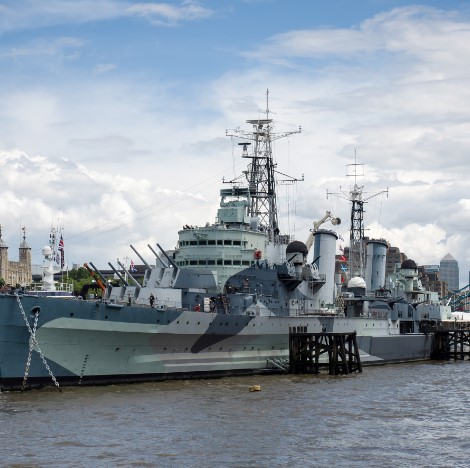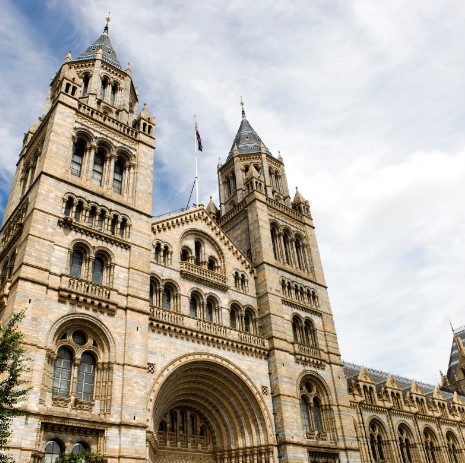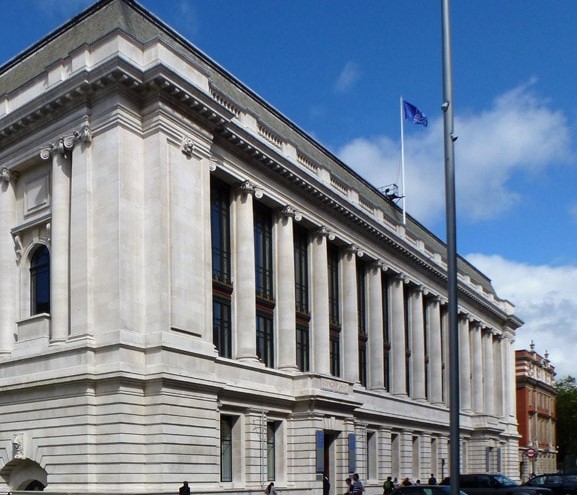
El inglés es el idioma principal de los negocios internacionales. Las personas necesitan aumentar su competencia y fluidez para seguir siendo competitivos en el lugar de trabajo. Las reuniones son una parte clave de este lugar de trabajo moderno y las personas deben desarrollar habilidades de comunicación efectivas para ellas.
Dirigir una Reunión
Al dirigir una reunión, es importante que pidas a todos que se presenten y proporcionen una breve agenda de la reunión. Una reunión formal de negocios podría comenzar de las siguientes maneras:
Presentándote
Querras comenzar la reunión dando la bienvenida a los asistentes y presentándose. Puedes comenzar con un saludo simple, usando frases como:
- “Good morning / afternoon”
- “Let’s begin”
- “I’d like to welcome everyone”
- “Since everyone is here, let’s get started”
- “I’d like to thank everyone for coming today”
Después de saludarlos, preséntate:
- “I’m [your name]. I’ll keep this meeting brief as I know you’re all busy people”
- “I’m [your name] and I arranged this meeting because…”
Pedir a otros que se presenten
Para una discusión efectiva durante la reunión, es esencial que las personas que asisten a la reunión se conozcan bien entre sí. La persona que dirige la reunión podría pedirles a todos que se presenten de las siguientes maneras:
- “Let’s go around the table and introduce ourselves, [name] do you want to start?”
- “Let’s introduce ourselves quickly – please state your name, job title, and why you are here”
Estableciendo la agenda
Asimismo, es importante comenzar la reunión delineando claramente la agenda y los objetivos clave de la reunión. Los objetivos se pueden enunciar con las siguientes frases:
- “I’ve called this meeting in order to”
- “We’re here today to discuss”
- “There are [number] items on the agenda. First…”
- “Today I would like to outline our plans for”
Definición de puntos de acción que deben completarse antes de la próxima reunión
Cuando la reunión haya terminado, proporciona una descripción general de lo que debe completarse antes de la próxima reunión. Usa las siguientes frases:
- “[Name], can you have these action points finished by next week’s meeting?”
- “Before the next meeting, I want [action point] completed so we can discuss the results”
- “By the next meeting, we’ll have [action point] in progress”
Involucrarse en Reuniones
La participación activa en la reunión se refleja haciendo preguntas e interrumpiendo educadamente al presentador si no entiende lo que se dice, o si hay acuerdo/desacuerdo. Es una buena idea demostrar que estas activamente involucrado en la reunión.
Cómo interrumpir cortésmente
Si accidentalmente habla por encima de alguien o tiene algo que agregar a lo que se está diciendo, puede interrumpir con las siguientes frases:
- “Sorry, but just to clarify”
- “Sorry I didn’t quite hear that, can you say it again?”
- “That’s an excellent point [person’s name], what about doing [action point] as well?”
- “From our department’s perspective, it’s a little more complicated. Let me explain”
You can also use phrases such as:
- “Excuse me for interrupting”
- “I’ve never thought about it that way before. How does it affect [this point]”
Haciendo preguntas
Hay muchas maneras diferentes de hacer preguntas durante la reunión. Las siguientes frases son adecuadas cuando se pide a alguien que repita lo que ha dicho:
- “Can you repeat that please?”
- “Can you run that by me one more time?”
- “Can you repeat that in a simplified way?”
For clarification the following phrases should be used:
- “I don’t fully understand what you mean. Could you explain it from a different angle?”
- “Could you explain to me how that is going to work?”
- “Just to be clear, do you mean this [repeat the explained point in the way you understand it]”
The person leading the meeting or giving the presentation can also ask:
- “Are there any more comments?”
- “What do you think about this proposal?”
- “Are there any areas of this project we are not thinking about?”
Presentación en una Reunión
Durante la presentación, es importante involucrar a tu audiencia y establecer claramente la estructura de tu presentación. Puedes usar las siguientes expresiones para lograr esto:
Introduciendo tu tema
La presentación debe comenzar introduciendo su propósito con frases como:
- “Thank you for getting here on time. Today we’re here to discuss”
- “We’re here to discuss the progress on [name of project] project”
- “Due to issues identified in [project name], we’re here to come up with a quick resolution”
El presentador también puede esbozar el procedimiento de presentación para garantizar la claridad, con frases como:
- “We’re going to run through the main points of the agenda”
- “The presentation will cover these [number of points] topics”
Concluyendo tu Presentación
La presentación debe terminar repasando brevemente los mensajes clave y los puntos de acción nuevamente. La conclusión debe asegurar que las personas presentes en la reunión se vayan con una idea clara sobre los próximos pasos. También es de buena educación agradecer a la audiencia por asistir.
Las frases finales podrían ser:
- “To summarize then, let me just run through what we’ve agreed here”
- “Before we end, let me just summarize the three main points”
- “To sum up what I’ve presented”
- “That brings me to the end of my presentation, thank you for listening”
Respondiendo preguntas
La presentación también puede terminar solicitando aportes o comentarios de los participantes y respondiendo sus preguntas, si las hubiera. Las siguientes frases serán útiles para tales situaciones:
- “Any final thoughts before we close the meeting?”
- “If you have further questions or want to discuss any of it in more detail, we can meet privately or you can send me an email [have an email address on the final presentation slide]”
- “I’d like to thank everyone for sharing their time today and any feedback would be valuable”
- “So do we think this is the correct way to proceed?”
Frases Adicionales de Reuniones de Negocios
Además de los beneficios típicos, se requiere una comunicación clara para evitar una interrupción, delegar tareas, confirmar decisiones, disculparse por llegar tarde o excusarse antes de una reunión. Las siguientes frases resultarán útiles para tales situaciones y ayudarán a garantizar una reunión productiva.
Al retrasar una interrupción, puedes decir:
- “Can we come back to that point later? Let me just finish what I was saying”
- “Can I just finish making my point?”
Del mismo modo, discúlpate por llegar tarde diciendo:
- “Excuse me for being late, I was”
- “Sorry for not getting here on time, I was”
Algunas frases de negociación útiles durante una reunión:
- “I hear what you’re saying, however, our senior manager is very clear on this one”
- “I understand that we can’t do that, but can we discuss some other alternatives?”
- “I agree with what you are saying, however, have you considered [different method]?”
- “How about this as an alternative [proceed to explain your alternative method]”
Si quieres salir temprano de una reunión, recoje tus cosas en silencio y discúlpate cortésmente diciendo:
- “Excuse me, unfortunately, I have to leave early. I need to be [briefly explain where you need to be]”
- “I’ve got to shoot off, I’ve got overlapping meetings”
- “Sorry I’m going to have to leave now, [reason for leaving early]“
Puede planificar una reunión futura diciendo:
- “I’d like to set up a meeting with you at your earliest convenience. When are you free?”
- “I’d love to continue this conversation at a second meeting, when are you next free?”
- “We haven’t covered everything we needed to, shall we set up another meeting?”
Cuando la reunión tiene una agenda apretada y la discusión se prolonga, puede usar estas frases:
- “I’m afraid that’s outside the scope of this meeting”
- “Why don’t we return to the main agenda of today’s meeting”
- “We’ve gone slightly off-topic, let us get back to [main agenda]”
Escucha el episodio aquí:
Phrasal verb del dia
Eat Out
Este “phrasal verb” se puede utilizar para decir que “comes fuera”. Veamos algunosEjemplo:
Tweet
My wife and I normally eat out on weekends.
Suscribete en: Apple podcast / Spotify / Google podcast
Síguenos en las redes sociales:
Únete a una comunidad con tus mismo intereses y practica tu inglés.
Desde los inicios de los tiempos los seres humanos hemos necesitado la comunidad para fortalecernos y crecer juntos y eso no ha cambiado, el ser humano es un ser social y la socialización en torno a un tema de interés común te ayudara a aprender mas rápido, es por esto que te recomiendo que busques una comunidad con tus mismos intereses para que puedas practicar tu inglés, socializar, aprender y compartir lo que sabes, eso de verdad que ayuda mucho.
En EnglishwayRD creemos que la comunidad es importante para el aprendizaje y por eso tenemos nuestro club de inglés en Whatsapp. Únete y comparte y aprende en comunidad.

Conoce a los presentadores del podcast

Starlin Santos
Co-fundador de englishwayrd, host del podcast englishwayrd. Profesor de ingles con mas de 5 años de experiencia en la enseñanza del idioma inglés. TEFL certified.

Thomas Martinez
Co-fundador de englishwayrd, host del podcast englishwayrd. Profesor de inglés certificado con 4 años de experiencia en la enseñanza del idioma ingles y mas de 1o años en el aprendizaje de inglés. TEFL certified.
